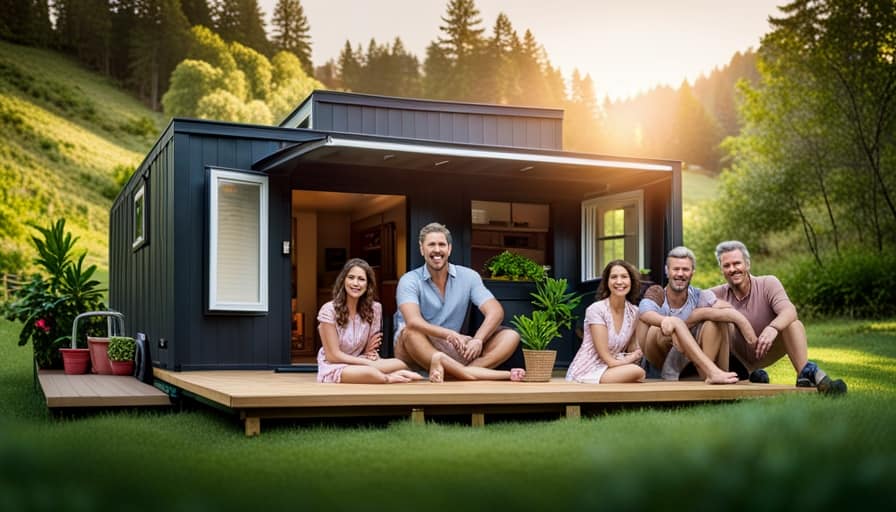If you’re passionate about tiny houses, you might be asking yourself, “How can I secure financing for my dream home?” Don’t worry! This article will explore the different funding options available to you.
From traditional mortgage options to government assistance programs, personal loans, and even alternative financing methods, we’ll explore the different paths you can take to secure the funds you need.
So, let’s dive in and find the perfect financing solution for your tiny house journey!
Key Takeaways
- Traditional mortgage lenders are often hesitant to provide loans for tiny houses due to their unconventional nature and smaller size.
- Personal loans and lines of credit can be viable options for financing a tiny house, with lenders assessing creditworthiness based on the borrower’s credit score.
- Government assistance programs, such as grants and tax incentives, offer financial support for financing a tiny house and significantly reduce the financial burden.
- Peer-to-peer lending platforms provide alternative methods of securing financing, connecting borrowers directly with individual lenders and offering personalized and flexible financing solutions.
Traditional Mortgage Options
I can’t believe how difficult it’s to secure a traditional mortgage for a tiny house. When it comes to financing a tiny house, many people assume that they can rely on home equity or tap into their retirement funds. However, traditional mortgage lenders are often hesitant to provide loans for tiny houses due to their unconventional nature and smaller size.

They prefer to lend on properties with higher values and long-term appreciation potential. This can be frustrating for those who want to downsize and simplify their lives. Fortunately, there are alternative options available, such as personal loans and lines of credit, which we’ll explore in the next section.
These options can provide the necessary funds to make your dream of owning a tiny house a reality.
Personal Loans and Lines of Credit
Securing personal loans or lines of credit can be a viable option for financing a tiny house. These options provide flexibility and convenience, allowing individuals to borrow the necessary funds to build or purchase their dream tiny home. However, it is important to understand the credit score requirements and interest rates associated with these financing options.
When considering personal loans or lines of credit, lenders typically look at the borrower’s credit score to assess their creditworthiness. A higher credit score generally leads to more favorable loan terms, including lower interest rates. On the other hand, individuals with lower credit scores may face higher interest rates or even difficulty in obtaining financing.
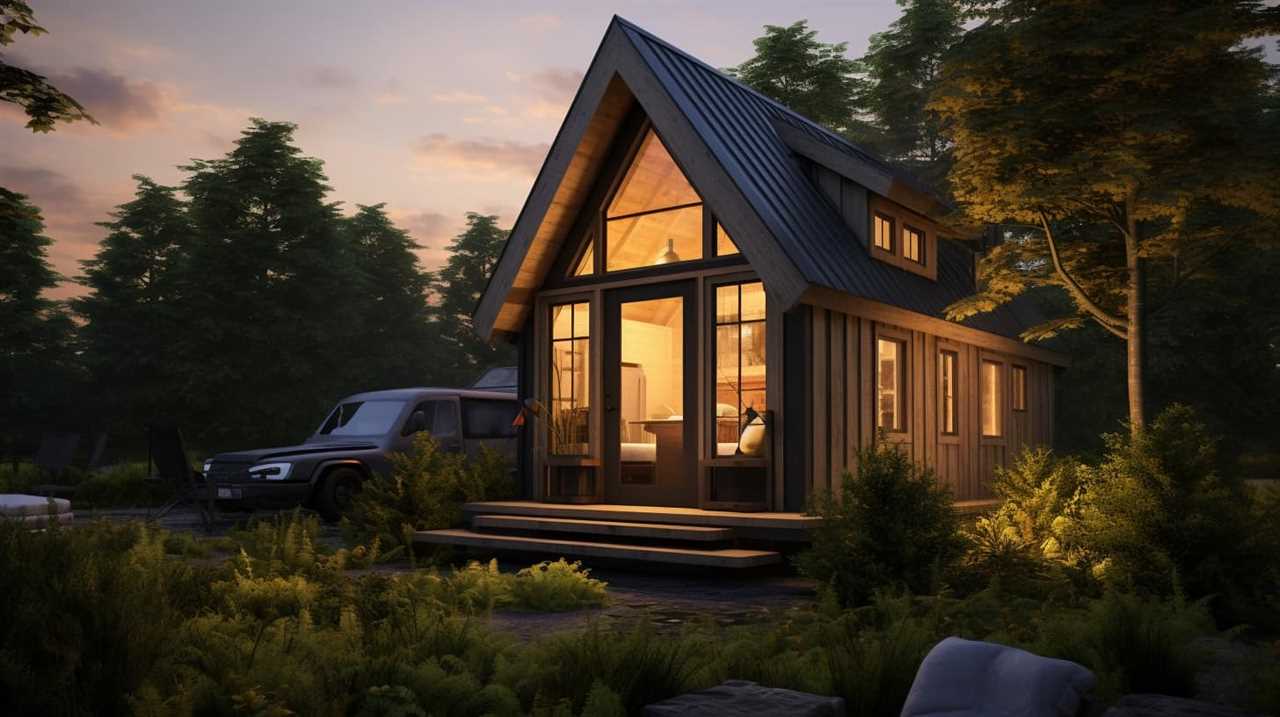
To give you a better understanding, let’s take a look at a table comparing credit score requirements and interest rates for personal loans and lines of credit:
| Credit Score | Personal Loan Interest Rate | Line of Credit Interest Rate |
|---|---|---|
| 720+ | 5% | 4% |
| 680-719 | 8% | 6% |
| 640-679 | 10% | 8% |
| Below 640 | 15% | 12% |
Government Assistance Programs
Exploring government assistance programs can provide valuable financial support for individuals seeking to finance a tiny house. These programs offer various options such as government grants and tax incentives that can help offset the costs of building or purchasing a tiny house.
Government grants are funds provided by the government to support specific projects or initiatives, and some programs offer grants specifically for tiny house construction or homeownership. Additionally, certain tax incentives may be available to individuals who choose to live in a tiny house, such as deductions for mortgage interest or property taxes.
These government assistance programs can significantly reduce the financial burden of financing a tiny house, making it a more affordable option for individuals.
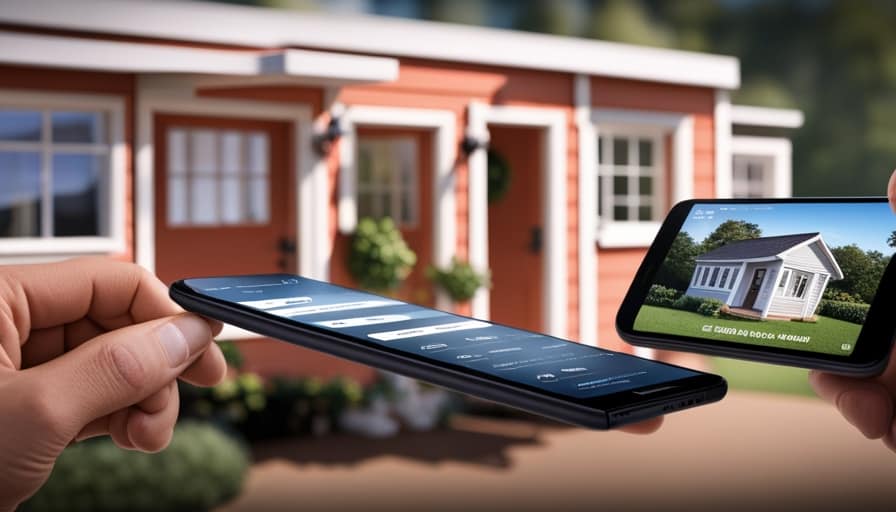
Transitioning into the subsequent section, another alternative to consider is utilizing peer-to-peer lending platforms.
Peer-to-Peer Lending Platforms
Using peer-to-peer lending platforms can provide an alternative method of securing financing for a tiny house. These platforms connect borrowers directly with individual lenders, bypassing traditional financial institutions. With this approach, individuals seeking funds for their tiny house projects can create crowdfunding campaigns or explore microfinance options.
Crowdfunding campaigns allow borrowers to raise funds by sharing their project details and goals with a large online community, attracting potential lenders who are interested in supporting their cause.
Microfinance options provide borrowers with access to small loans from individual lenders who are willing to invest in their tiny house projects.

These peer-to-peer lending platforms offer a more personalized and flexible financing solution for those looking to build their dream tiny house.
In the next section, we’ll explore alternative financing methods that can also be considered.
Alternative Financing Methods
I can consider other financing methods for my tiny house project. While peer-to-peer lending platforms can be a viable option, there are alternative methods worth exploring. Here are some options to consider:
-
Personal Savings: If you have been diligently saving, using your own funds can be a straightforward way to finance your tiny house project.

-
Family and Friends: Consider asking your loved ones for financial support. They may be willing to lend you the money or make a personal investment in your project.
-
Credit Cards: If you have a good credit score and manageable interest rates, using credit cards for certain expenses can be an option.
-
Home Equity Loan: If you own a property, you can tap into your home equity to finance your tiny house.
-
Crowdfunding: Explore crowdfunding platforms that cater specifically to tiny house projects. This can help you raise funds from a community of supporters who believe in your vision.

Frequently Asked Questions
Can I Use My Savings to Finance a Tiny House Instead of Getting a Loan?
Using savings for financing a tiny house is a viable alternative to getting a loan. It allows for more flexibility and avoids interest payments. However, it’s important to consider the full cost and ensure that your savings are enough to cover it.
Are There Any Tax Benefits or Incentives Available for Financing a Tiny House?
Tax deductions and government incentives can provide financial benefits for financing a tiny house. These incentives can help offset the cost of construction and make it more affordable for individuals seeking to finance their tiny home.
Can I Finance a Tiny House if I Have a Low Credit Score?
If you have a low credit score, there are still financing options available for tiny houses. You can explore alternatives to traditional loans such as personal loans, peer-to-peer lending, or financing through the tiny house builder.
Are There Any Grants Available for Financing a Tiny House?
There are grants available for financing a tiny house, but they can be limited and competitive. It’s important to weigh the pros and cons of using savings, as it may deplete your emergency fund.
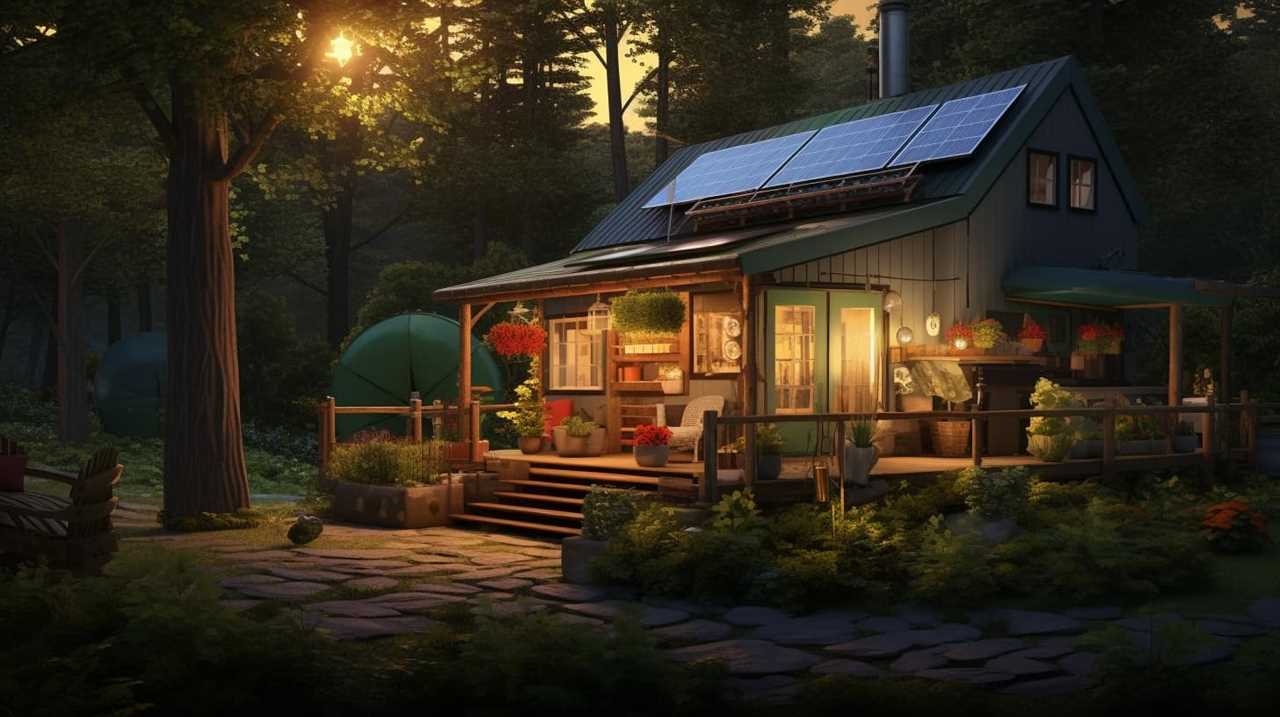
Can I Finance a Tiny House if I Am Self-Employed or Have Irregular Income?
I can finance a tiny house if I am self-employed or have irregular income. There are alternative financing options available, such as personal loans or peer-to-peer lending. Crowdfunding options can also be explored to gather funds for a tiny house project.
Conclusion
In conclusion, financing options for tiny houses vary and it’s important to explore different avenues to find the best fit for your situation.
Traditional mortgage options, personal loans, government assistance programs, and peer-to-peer lending platforms are all potential sources of funding.
Additionally, alternative financing methods may also be worth considering.
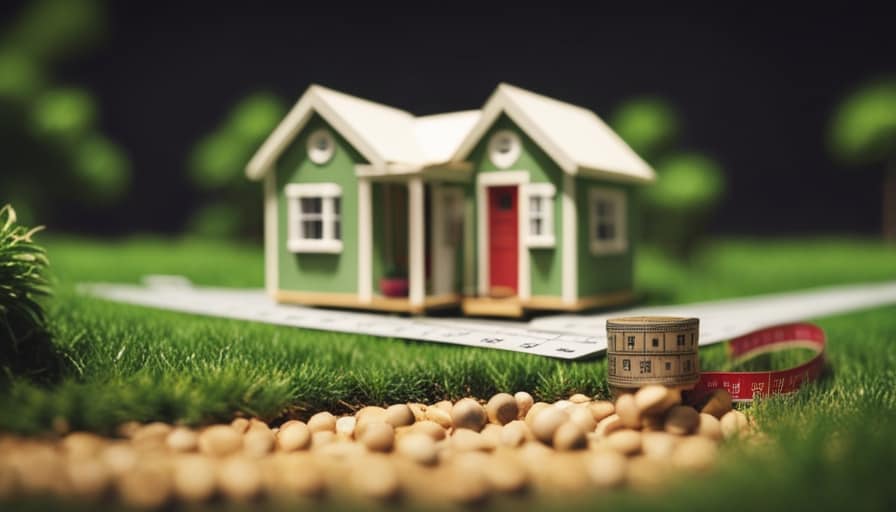
By thoroughly researching these options, individuals can make informed decisions and secure the necessary financing to realize their dreams of owning a tiny house.
I’m Theodore, and I love tiny houses. In fact, I’m the author of Tiny House 43, a book about tiny houses that are also tree houses. I think they’re magical places where imaginations can run wild and adventures are just waiting to happen.
While tree houses are often associated with childhood, they can be the perfect adult retreat. They offer a cozy space to relax and unwind, surrounded by nature. And since they’re typically built on stilts or raised platforms, they offer stunning views that traditional homes simply can’t match.
If you’re looking for a unique and romantic getaway, a tree house tiny house might just be the perfect option.
